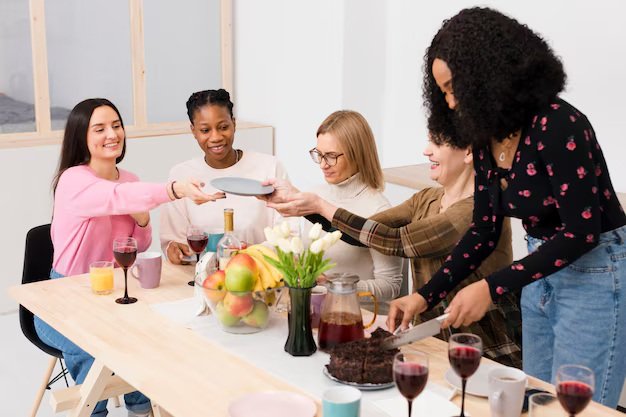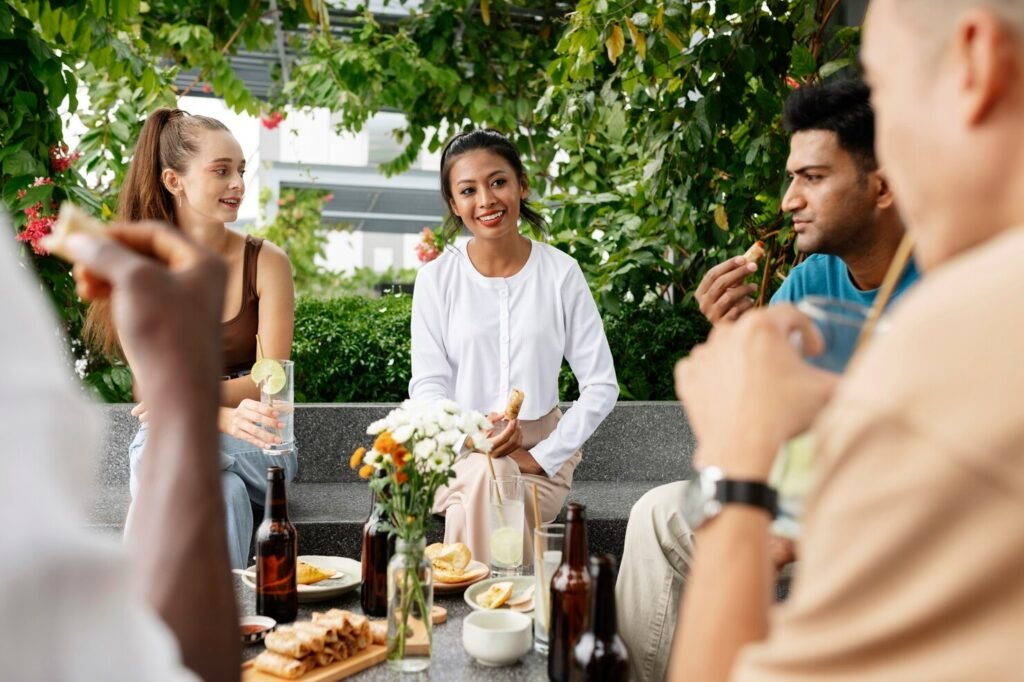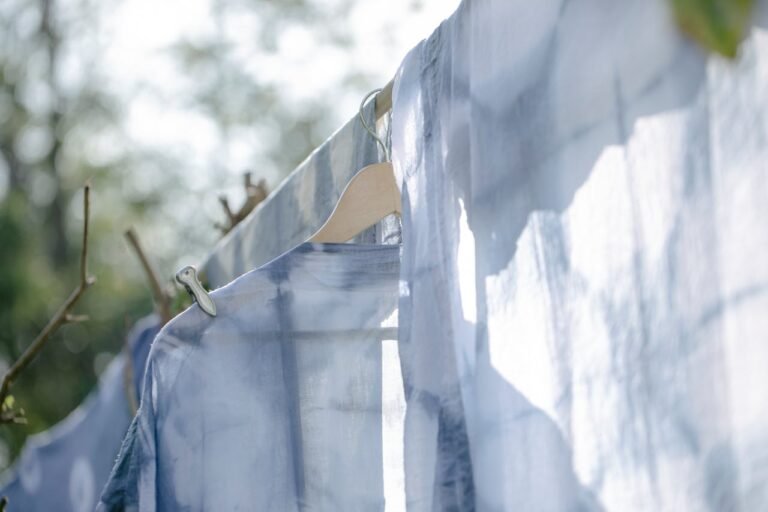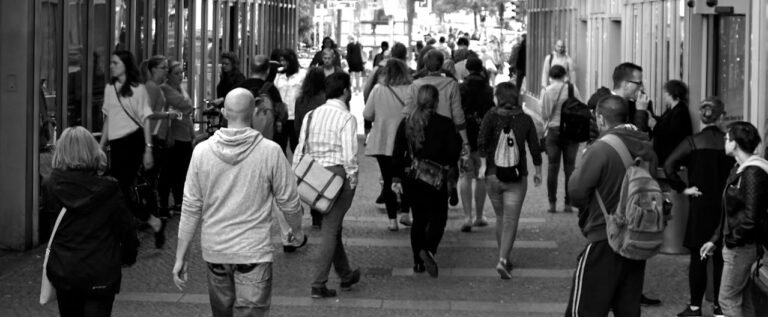Host a Zero-Waste Dinner Party and Measure Waste Reduction Afterwards
Throwing a dinner that doesn’t leave a mountain of trash is easier than it sounds — but measuring the success afterwards is what turns a feel-good evening into real, verifiable climate action. Food and event waste are big problems: households and social gatherings contribute a huge slice of what ends up in landfills and compost bins. According to the United Nations’ Food Waste Index, households produced the largest share of food waste worldwide in 2022.
In the U.S., the Environmental Protection Agency calculates that tens of millions of tons of food end up wasted each year, making food one of the largest components of municipal solid waste. Those numbers make an ordinary dinner party an opportunity — a small, measurable way to change habits and show friends how much difference a few choices can make.
If you want to host a “zero-waste” dinner that is fun, tasty and measurable, you need three things up front: a plan to avoid single-use materials and excess food, a simple method to collect and weigh what’s left (a mini waste audit), and a baseline so you can compare “before” and “after.” That baseline can be an honest estimate of what you normally throw away after a similar dinner (or a quick two-week kitchen diary), or a simple measurement from a past dinner.
The tools you’ll need are low-tech: kitchen scales or a luggage scale, labelled bags or buckets for different waste streams (leftovers for donation, food scraps for compost, recyclable packaging, landfill), a notebook or phone spreadsheet, and one person assigned to record weights. This process — often called a waste audit — is the same basic method used by universities, venues and event planners to track progress. A successful case at a large public event showed how clear measurements let organisers push diversion rates past 75%.

How Chefs, Hosts, and Restaurants Prove Zero-Waste Dining Works in Everyday Life
Real hosts and chefs have already shown that this works. Anne-Marie Bonneau, known publicly as the “Zero-Waste Chef,” built a following by sharing how simple steps — plan, use scraps, and make soup — reduce both trash and grocery bills. As she puts it, “let the food on hand dictate what you’ll cook for dinner,” a mindset that turns leftovers into a new menu rather than trash. Her story and reporting in the Los Angeles Times show how household habit changes scale.
Restaurants and pop-ups that aim for zero waste prove the same lessons on a larger scale. The pioneering restaurant Silo (and newer projects inspired by it) demonstrates how sourcing, storage and creative reuse keep the bin nearly empty. More recently, Baldío in Mexico City has been reported to run a near-binless kitchen by turning peels, bones and byproducts into fermented sauces and seasonal condiments — an approach that keeps waste measurable and useful. These professional examples are useful because they show three practical practices a host can adapt: buy only what you need, plan the menu around whole ingredients, and reuse scraps in on-site sauces or stocks rather than binning them.
A measurable example from the events world shows how a clear audit can produce impressive numbers. When the National Aquarium hosted a zero-waste dinner as part of a conference, organisers measured total waste and diversion and reported guest waste diversion rates near 95% and overall diversion rates around 78% for the event after training volunteers and setting up clear sorting. That kind of post-event reporting is your model: measure, report, and use the numbers to refine the next dinner.
The science and the numbers
The why behind measuring is simple: what gets measured gets changed. Studies and reviews of household and consumer interventions find that behaviour-focused programs (meal planning, storage tips, portion control, and feedback via measurement) consistently reduce waste — sometimes modestly at first, but meaningfully when repeated and supported. A recent systematic review of consumer-level interventions concluded that multi-pronged strategies that combine information, feedback and simple tools are the most likely to work.
Here are five compact data points to hold in your head before you host:
| Metric | Why it matters |
|---|---|
| Global household share of food waste | According to the UN Food Waste Index, households produced the largest share of food waste in 2022, highlighting the potential of home actions. |
| U.S. wasted food volume | The EPA has tracked tens of millions of tons of wasted food, showing scale and opportunity in domestic settings. |
| Event diversion example | A zero-waste conference dinner reported a guest waste diversion rate near 95% and overall diversion of ~78% after auditing and volunteer training. That’s proof that measurement + design = results. |
| Household intervention outcomes | Case studies and pilot household programs often report measured reductions in food thrown away when participants use meal plans, storage guidance and waste diaries. The reductions vary, but the pattern is consistent: measurement plus simple habits helps. |
| Restaurant playbook | ReFED and restaurant guides show a suite of scalable tactics — from portion control to food recovery — that together can reduce food waste substantially in food service. Hosts can adapt many of these tactics. |
(Those five items summarise a larger evidence base showing that household and event waste can be reduced with planning, measurement and small operational changes.)

Action Plan: Host Your Measured Zero-Waste Dinner
If you want to host an evening that’s both delightful and demonstrably low-waste, follow this four-part plan.
- First, plan the menu around shareable plates and whole-ingredient cooking to minimise single-use packaging and leftover partial ingredients. Call local suppliers and ask for loose produce or items delivered in reusable crates if possible — small choices add up.
- Second, set expectations with your guests: tell them it’s a low-waste dinner, encourage them to bring glass bottles or jars if they wish, and invite them to take home leftovers in reusable containers.
- Third, run a simple waste audit during and after the event. Assign one person to weigh leftover food, compostable scraps, recyclables, and landfill waste using a kitchen or luggage scale. Record the weights in a spreadsheet or notebook, and photograph the sorted piles for your records.
- Fourth, report and learn. Compare your audit results to a baseline — such as a previous dinner or a short kitchen diary — and share the numbers with your guests. That transparency builds momentum and gives you clear targets for the next event.
A Practical Script for the Audit
Label four bins (Leftover for Donation/Takeaway, Compost/Food Scraps, Recyclables, Landfill). At the end of the evening, weigh each full bag, subtract the bag weight, and record. If you repeat the dinner with the same guest list, you’ll quickly see a percentage change in total waste and in the portion diverted to compost or donation. For hosts who prefer a simpler method, photograph and estimate portions and track changes across events — imperfect, but better than no measurement.
Real hosts have turned this into a friendly competition. One host reported saving significant money on groceries after three measured dinners because planning reduced overbuying, and turning peels into stocks cut the need to purchase broths. Restaurants show the same economic logic: according to the Michelin Guide, Silo and Baldío’s approaches aren’t just ethical theatre — they recover value from ingredients that would otherwise be discarded.
Experts stress two practical points. First, measurement must be simple and repeatable. Don’t try to weigh every crumb on your first night; weigh whole bags and be consistent. Second, combine measurement with systems: labelled bins, trained volunteers or family members, clear guest messaging, and pre-event portion decisions. Those steps were precisely what event case studies used to push diversion rates into the 70–90% range.
Conclusion
Hosting a measured zero-waste dinner is about more than bragging rights — it’s a small experiment that proves a point: ordinary people can reduce waste with modest effort and a bit of measurement. Start small, measure honestly, and share what you learn. Each dinner you run this way becomes a live lab for better purchasing, smarter cooking and less trash — and when you report back to friends, you give them a concrete way to try it, too.







